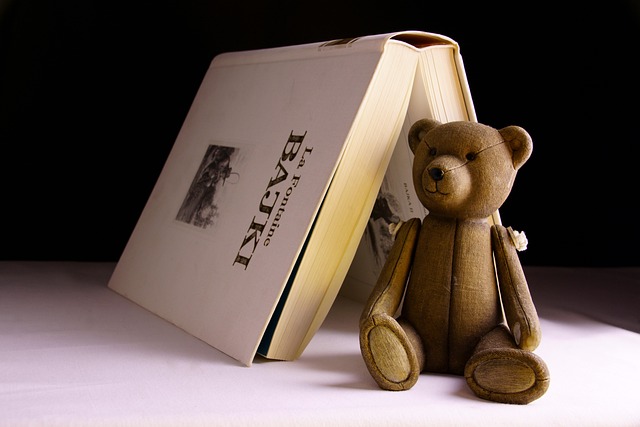Article Title:Material culture and intercultural communication
Abstract:
Artifacts, i.e., the material side of culture, and their relevance: for intercultural interactions rarely caught the attention of interculturalists. This may be partly due to the scholarly traditions of the involved disciplines (except for cultural anthropology), partly to the popular but false belief that the language of things is universal. Experience shows that material culture plays an important role both in the macro-contexts of peoples and on the micro-level of intercultural interactions, Integrating material culture studies can increase the understanding of the problems in development aid, technology transfer, marketing, or personal intercultural interactions. Artifacts are products of complex transaction and communication processes and of cultural knowledge and experience. Once they are produced, they usually initiate and influence many more communicative processes. In intercultural interactions, they can gain relevance (1) as themes of intercultural communication, and they are always present (2) as contexts of such interactions. Intercultural communication is (3) carried out increasingly by means of technical objects (telephone, fax, PC), just as the (4) international transmission (or communication) of things is at the very heart of the global economy. Even if people in different cultures can buy the same global products, (5) their use of them and their relationships to them, will be as different as the meanings given to them. (6) People turn things into signs, they communicate through objects in ways that are laid out by their culture; and finally, (7) understanding another culture also means decoding the messages built into its objects. Therefore, intercultural learning and competence should also include the ability to use the things of culture as indicators to norms, values, and basic assumptions. (C) 2001 Elsevier Science Ltd. All rights reserved.
Keywords: material culture; intercultural communication; artifacts; material world; objects as signs; non-verbal communication; technology transfers; marketing
DOI: 10.1016/S0147-1767(01)00023-2
Source:INTERNATIONAL JOURNAL OF INTERCULTURAL RELATIONS
Welcome to correct the error, please contact email: humanisticspider@gmail.com



